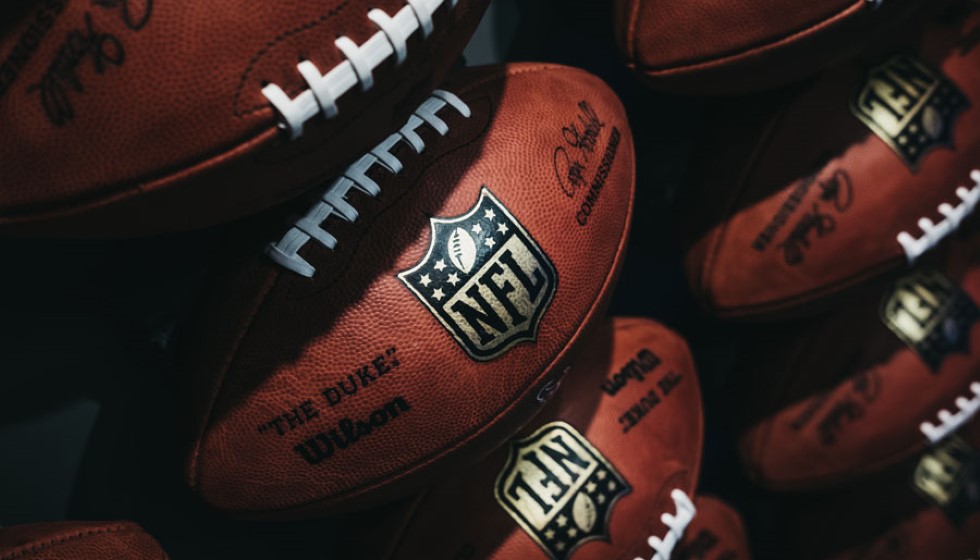
This offseason, the NFL introduced a significant change to player safety gear, unveiling the optional use of guardian caps on helmets during games. These caps, featuring a padded, soft-shell layer, are engineered to absorb impact and consequently minimize the risk and severity of concussions. Early studies from the last two seasons indicate that these guardian caps have already proven effective in reducing concussion numbers, prompting both praise and criticism from players.
Guardian Caps and Their Impact
The primary innovation of guardian caps lies in their ability to mitigate the intense impacts experienced during gameplay. According to statistical data, the severity of player impact is reduced by 10% when a guardian cap is used. The protective benefit increases significantly if both players involved in a collision wear the caps, with impact reduction surpassing 20%. Such findings are promising for a sport constantly battling the serious issue of player safety.
In addition to their protective qualities, the NFL has introduced a "helmet pinney" that incorporates team logos and colors, aiming to make these safety additions more appealing to players and fans alike. By adding this element of team identity, the league hopes players will adopt the caps more readily without compromising their sense of team pride.
Darius Slay's Candid Take
Despite the apparent benefits of guardian caps, not all players are enthusiastic about the change. Philadelphia Eagles cornerback Darius Slay has been outspoken in his criticism of the new equipment. "Oh I can't stand them. It impact my swag," Slay remarked, highlighting an often-overlooked aspect of player equipment preferences: aesthetics and personal style.
Slay is not alone in prioritizing the look and feel of his gear. "My game is part of my swag. If I ain't looking the part, I can't feel the part. They have me looking very ugly out there with that big ol' cap on the head," he continued. This sentiment captures a genuine concern among players for whom confidence and self-expression are integral to their performance on the field.
When asked if he thought the use of guardian caps might become more widespread, Slay was clear in his reservations. "I hope not, because they show our swag will be ugly," he said. Despite these reservations, Slay did acknowledge the safety advantages, albeit with a touch of humor. "They are for our safety, so if they wear them for safety that's cool. I'm sure I'll clown them."
The Balancing Act
The introduction of guardian caps brings to light the complex balance between player safety and the culture of the game. The NFL's primary goal is to protect its players and reduce injury rates, ensuring longer and healthier careers. However, the pushback from players like Darius Slay illustrates the tension between safety innovations and the traditional values of the sport, including personal style and performance psychology.
As the league continues to advance its safety measures, it will need to address these concerns and find a middle ground that satisfies both the practical and personal needs of its athletes. While the effectiveness of guardian caps in reducing concussion-related injuries is promising, the ultimate success of this initiative will depend on player acceptance and the integration of these caps into the standard culture of NFL gameplay.
The NFL's ongoing efforts to make the game safer are commendable. However, much like any significant change in professional sports, it will test the adaptability and willingness of its players to embrace new technologies and protective measures, even at the cost of altering their on-field appearance.